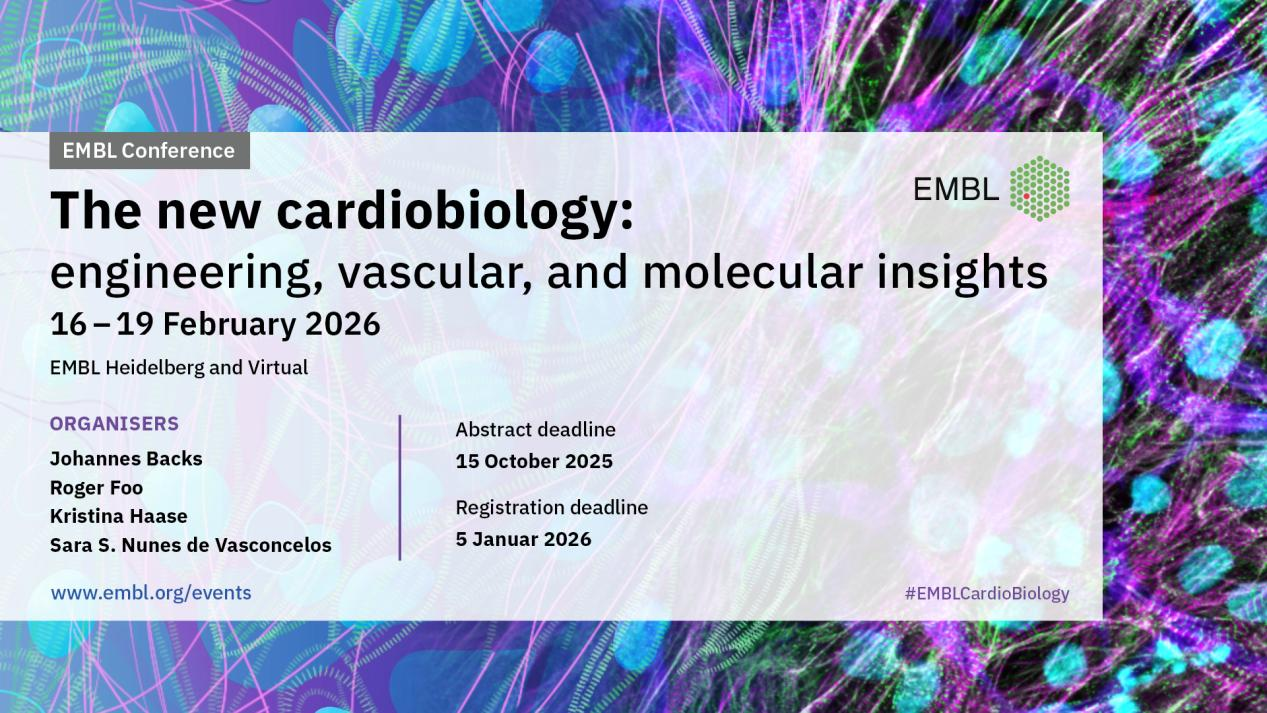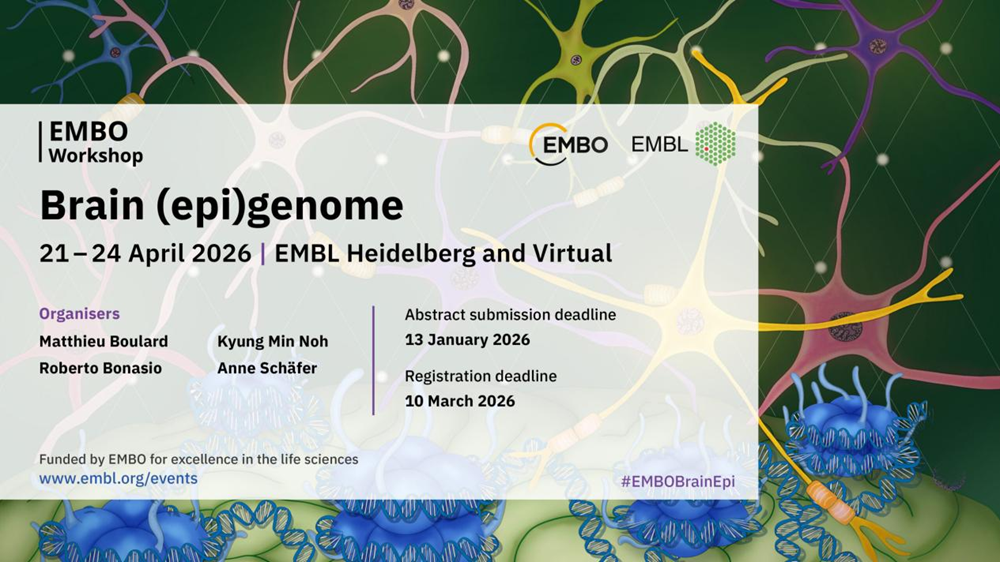CBM Featured at the 7th National Conference on Biomedical Data Mining and Computing (BMDMC2025)
On December 5-8, 2025, the 7th National Conference on Biomedical Data Mining and Computing (BMDMC2025) was successfully held in the historic city of Xi'an, hosted by the China Society of Bioinformatics, co-organized by the Biomedical Data Mining and Computing Committee of the China Society of Bioinformatics and Xi'an Jiaotong University (School of Basic Medical Sciences and Office of Discipline Planning and Development).






































